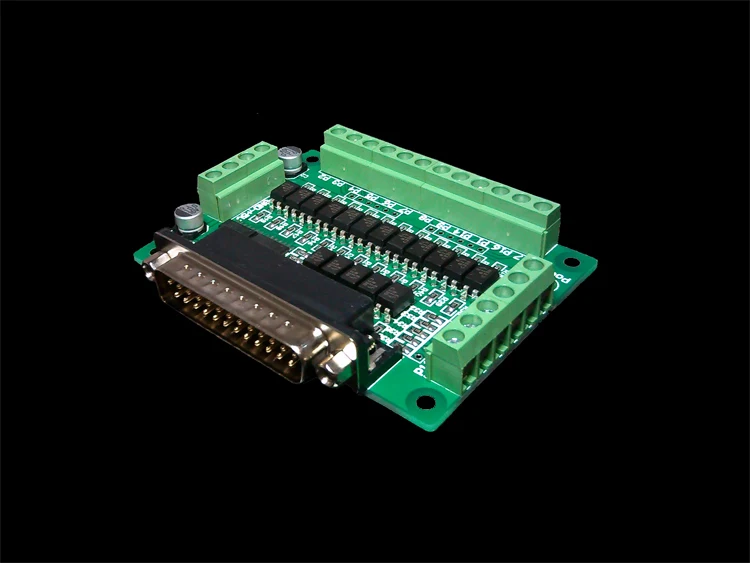

The polarity test on the Parallel Port Tests window can be used to confirm that the interrupt is triggered on the rising edge of pin 10 rather than the falling edge. Parallel port interrupts are triggered on pin 10.

Also, make sure the parallel port is configured as an "ECP & EPP" parallel port in the system BIOS.
PARALLEL PORT WINDOWS
When using an interrupt mode, make sure "Use any interrupt assigned to the port" is selected on the "Port Settings" tab of the parallel port properties window within the Windows device manager. Presentation can also handle the parallel port hardware interrupt for select port input modes (See the Port Input Channels section). The data port can be used for either input or output, but not for both at the same time. Status port: input only 4 bits pins 11,12,13,15.Data port: input or output 8 bits pins 2-9.Presentation allows the use of 2 registers of the parallel port: Standard parallel ports are identified by Windows as "LPTX" where "X" is some number. Any element that is capable of both receiving input and sending output can only be used as one of those in any given experiment. An element can only be used as a single port input channel or as a single output port in a particular experiment. The name of the element is used when setting up a port input channel or an output port using that device. For devices that contain digital I/O registers, pulse triggered counters, or supported analog outputs, information about each element will be displayed in the Device Components box. The other information displayed depends on the type of port. The Properties box will display the Type, Device, and Identifier information for a particular port device. The "Properties" box shows information about the port device that is currently highlighted in the port device list. If the device is removeable, the "Remove" button will be available. When you highlight a particular device in the list, the properties of that device are shown in the "Properties" box below the port device list.

Likewise, if you choose not to enumerate a certain port and/or device type using the options menu, any devices of that type will not appear in the list when using Presentation on that computer unless that option is changed.Įach device in the port device list will display a "Type", "Device", and "Identifier". If you add a port device to the list, that device will appear in the list every time you use Presentation on that computer unless you remove the item. By default, all boxes are checked and all port devices are enumerated. If the "Enumerate LPT ports" box is unchecked, for example, LPT (parallel) ports will not be displayed in the available port devices list. This menu allows you to select whether certain port and/or device types are enumerated and displayed in the Port Devices list.

You can also have Presentation search for port devices by clicking on the "Re-enumerate" button.Ĭlicking the "Options" button brings up the Port Device Options menu. Presentation will automatically search for port devices and will add them to the Port Devices box. You can access the Port Settings window by going to the Port panel and clicking on the button labeled "Port Properties". The port devices available for a particular computer are listed in the Port Devices box of the Port Settings window. See the information below for each device. In addition, you can set and read values from analog inputs on some devices. Presentation allows you to send codes to and receive codes from external devices during the experiment.


 0 kommentar(er)
0 kommentar(er)
